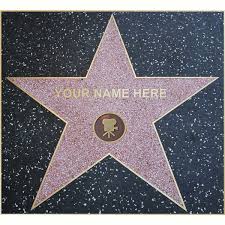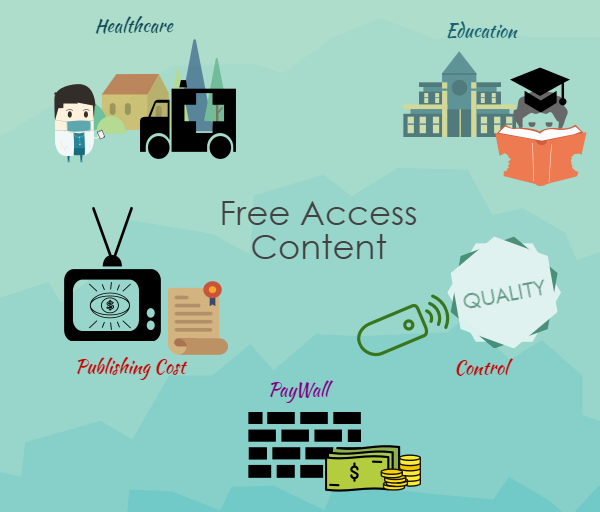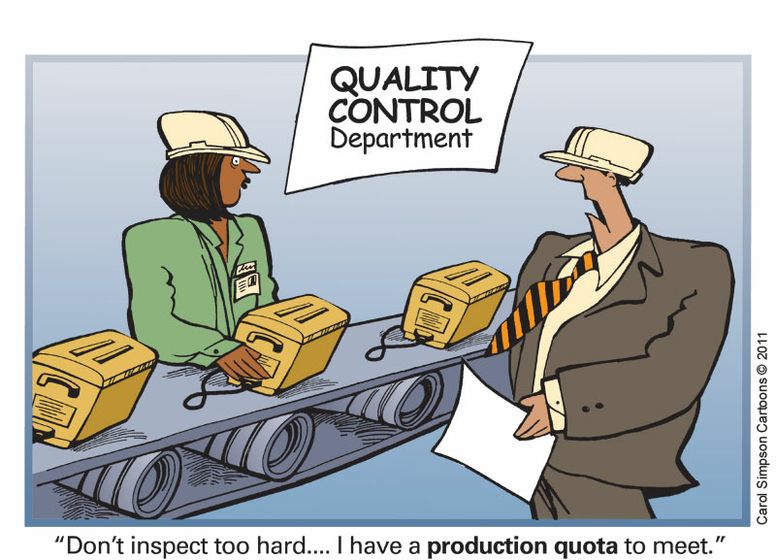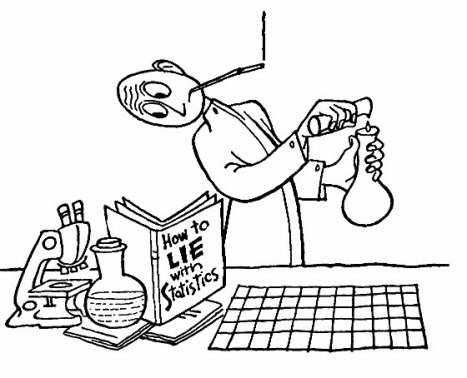The progressive learning of each topic really heightened my understanding of the digital era. Before we start, let’s refresh on what was covered so far shall we?
Before this, I thought that a beautifully crafted document-based CV (Curriculum Vitae) was all that is required for landing a job. Looking back, I realised how naive I was.
There is so much more to consider apart from the physical documents; recruiters look at our online profiles as well to get a clearer picture on how we portray ourselves. In the present day whether we like it or not; having a professional online profile has become essential for employees.
LinkedIn:
As mentioned in my blog, having an established LinkedIn account open up doors to new career opportunities and prospects. This totally changed my mindset of it being redundant and that being said, I proceeded to developing my LinkedIn account from scratch.

Other than adding crucial information about myself, I also followed companies of interest to receive current updates so that I can keep myself in the loop.
Twitter:
To ensure my personal content is viewed by the right audience, I separated my twitter account for personal and professional usage. I privatised my personal twitter account and opened my professional for the public’s viewing. That being said, I steer clear from posting content that may tarnish my reputation on both accounts to maintain a certain level of consistency.


For my professional account, it will be another platform to connect with organisations and create networks with like-minded individuals.
Below is a following of accounts built around my interests:

Facebook:
I chose to revamp my Facebook account; professionalising my personal account by adding in key personal information and changing the privacy settings to suit my needs for different audiences. This function allows me to combine two accounts into one, without all the hassle.

This means that I will not have restrictions regarding sharing content with my friends because I am able to choose what can be shown to the public. Revealing bits and pieces of my life also aids in making my profile more authentic to the public’s viewing.
Consistency is key
To ensure professionalism on my social media accounts, I standardised my profile pictures and headers across all platforms to give a clear and concise representation of who I am.
This is the profile picture and header name I adopted across all platforms:

Self-Assessment:
To show how much I have grown over the span of this module, I created a Prezi to rate and show my understanding on these questions.
| Accessing, managing and evaluating online information |
| Participating in online communities |
| Building online networks around an area of interest |
| Collaborating with others |
| Creating online materials (text, audio, images, video) |
| Managing your online identity |
| Managing your online privacy and security |
Conclusion:
Building an established online profile is no mean feat and it definitely doesn’t stop here. As I acquire more qualifications, I will continuously add to my online portfolio so that it will compile and work my way towards an established digital identity.
Word count: 515
References:
- https://www.jobvite.com/wp-content/uploads/2014/10/Jobvite_SocialRecruiting_Survey2014.pdf
- https://www.roberthalf.com.au/blog/how-build-professional-digital-profile
Prezi Link: http://prezi.com/diqnkead5ag9/?utm_campaign=share&utm_medium=copy





















 Despite the perks, the drawback for having multiple online identities is the issue of authenticity. For instance, an employer would conduct research to know more about the person he is going to employ. Imagine his dismay if he were to find multiple online identities from the same person, not knowing which to believe.
Despite the perks, the drawback for having multiple online identities is the issue of authenticity. For instance, an employer would conduct research to know more about the person he is going to employ. Imagine his dismay if he were to find multiple online identities from the same person, not knowing which to believe.